
In this article, we will explore a very common question among new parents: "How many hours can a baby stay in the carrier?".
We will provide detailed information based on medical studies and trusted resources, including the text "Let me hug you!" by Licia Negri, Taita Press editions, to help parents make informed decisions.
Babywearing is an age-old practice that allows parents to keep children close, with many benefits, both practical and emotional (for further information: https://mhug.it/blogs/news/i-benefici-del-babywearing )
The length of time spent in a baby carrier depends on various factors, including the baby's age and the parent's comfort.
It should be specified that a baby carrier, due to its structure and composition, is different from a baby carrier (here we will limit ourselves to answering the question, therefore considering only the baby carrier).
Introduction
Babywearing, the practice of carrying a baby in a sling or carrier, has become very popular among parents and modern carriers. The benefits for baby and caregivers are well documented, promoting bonding, comfort and even aiding in baby's development. However, a common question among wearers is: How many hours can a baby carrier be safely used for? This article aims to provide a medically informed guideline to help wearers make informed decisions about the duration and frequency of babywearing.
Understanding the Basics of Babywearing
Before exploring durability, it's important to recognize the benefits of babywearing. According to a study published in the journal Pediatrics , babywearing can help reduce crying and restlessness, especially in the newborn phase (Hunziker & Barr, 1986). It also allows for hands-free convenience and promotes physical development by providing varied stimuli.
Recommended duration for Babywearing
The key to safe babywearing is not just how long, but how you do it. The International Hip Dysplasia Institute recommends that children should be carried in a position that supports their hips and allows for healthy hip development. This is crucial in the first six months, when the hip joints are still developing.
For newborns and young children, shorter babywearing sessions are recommended. A guideline might be to start with sessions of about 30 minutes to an hour and see how the child reacts. The American Academy of Pediatrics does not specify an exact duration but emphasizes the importance of frequent checks on the child's position and comfort.
As babies grow, they can be carried for longer periods, as long as the carrier is comfortable and supportive. However, it is essential to listen to both the baby's and the carrier's signals. If the baby seems restless or the carrier feels discomfort, it's time to take a break.
Signals to Monitor
During babywearing, it is essential to monitor for signs of discomfort or distress in the baby, such as crying, restlessness or changes in skin color. Likewise, wearers must be mindful of their comfort and physical limitations.
Consultation with Healthcare Professionals
For specific advice tailored to individual circumstances, it is advisable to consult a pediatrician or physical therapist who specializes in the musculoskeletal development of children.
Conclusion
In summary, there is no one-size-fits-all answer to the safe duration of babywearing. It depends on the age and development of the child, the type of carrier used and the comfort of the wearer. Starting with shorter sessions and gradually increasing the duration, while remaining attentive to the comfort of the child and the wearer, is essential. As always, if in doubt, seek advice from health professionals.
References
- Hunziker, U. A., & Barr, R. G. (1986). Increased carriage reduces infant crying: A randomized controlled trial. Pediatrics , 77(5), 641-648.
- International Hip Dysplasia Institute. (sd). Baby Carriers, Swaddling and Hip Dysplasia. Retrieved from IHDI website .
- American Academy of Pediatrics. (sd). Babywearing. Retrieved from AAP site .
- Let yourself be hugged! , Licia Negri. Ed Taita Press



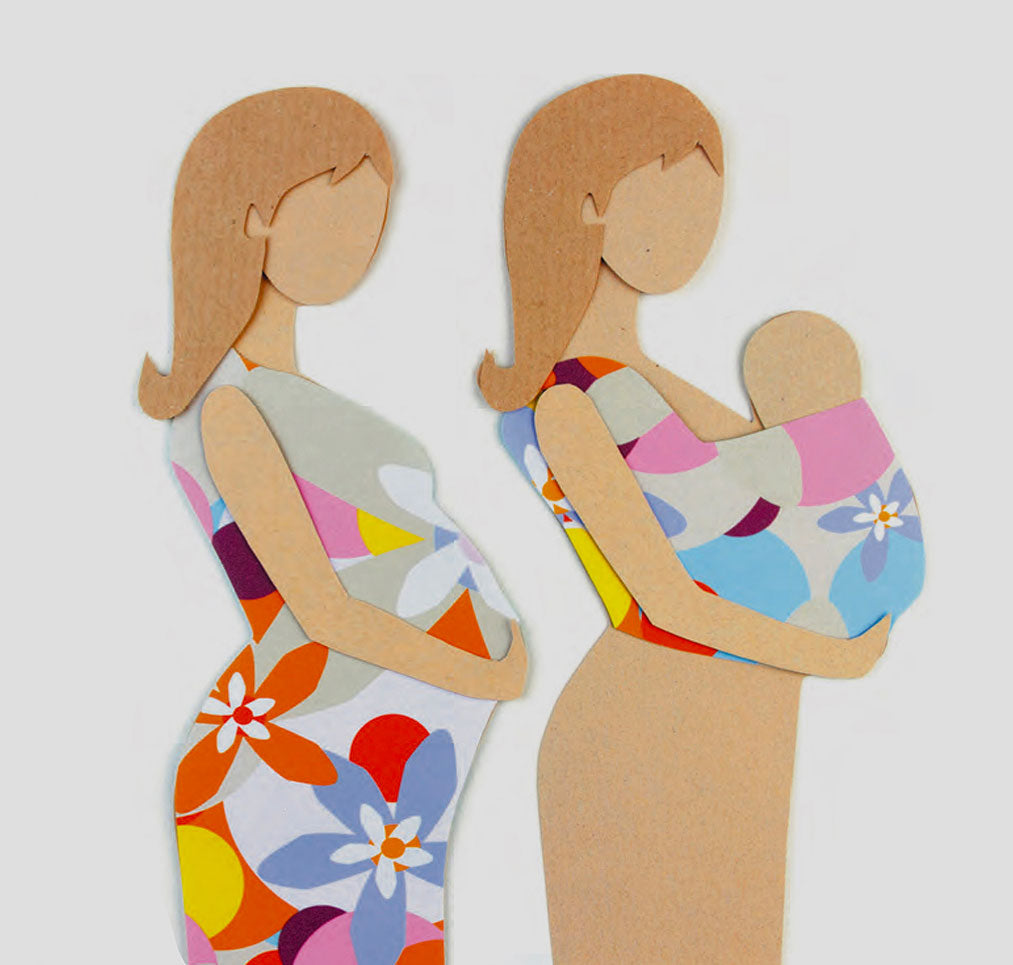
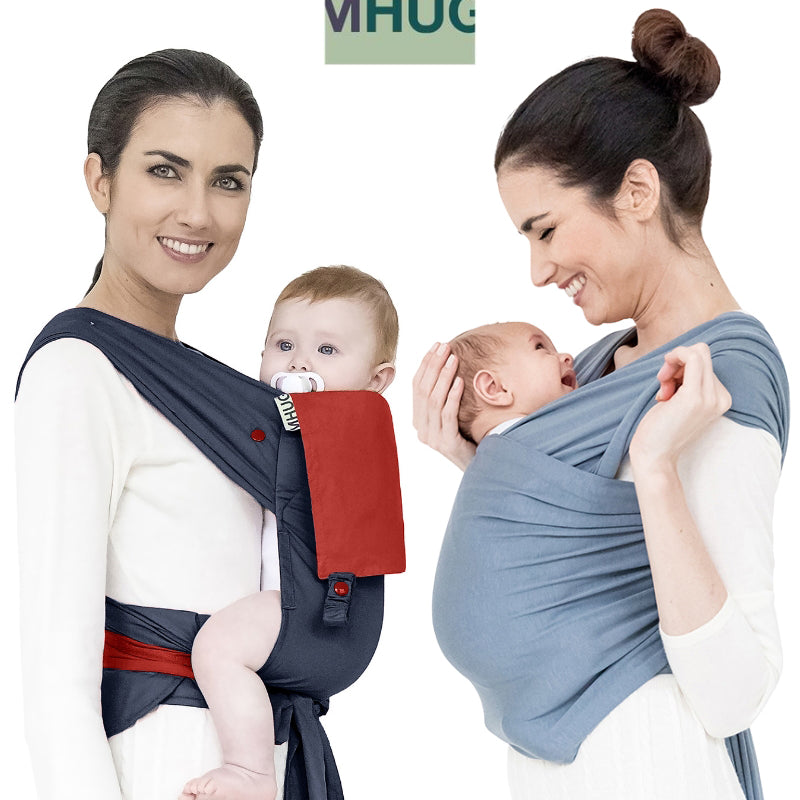
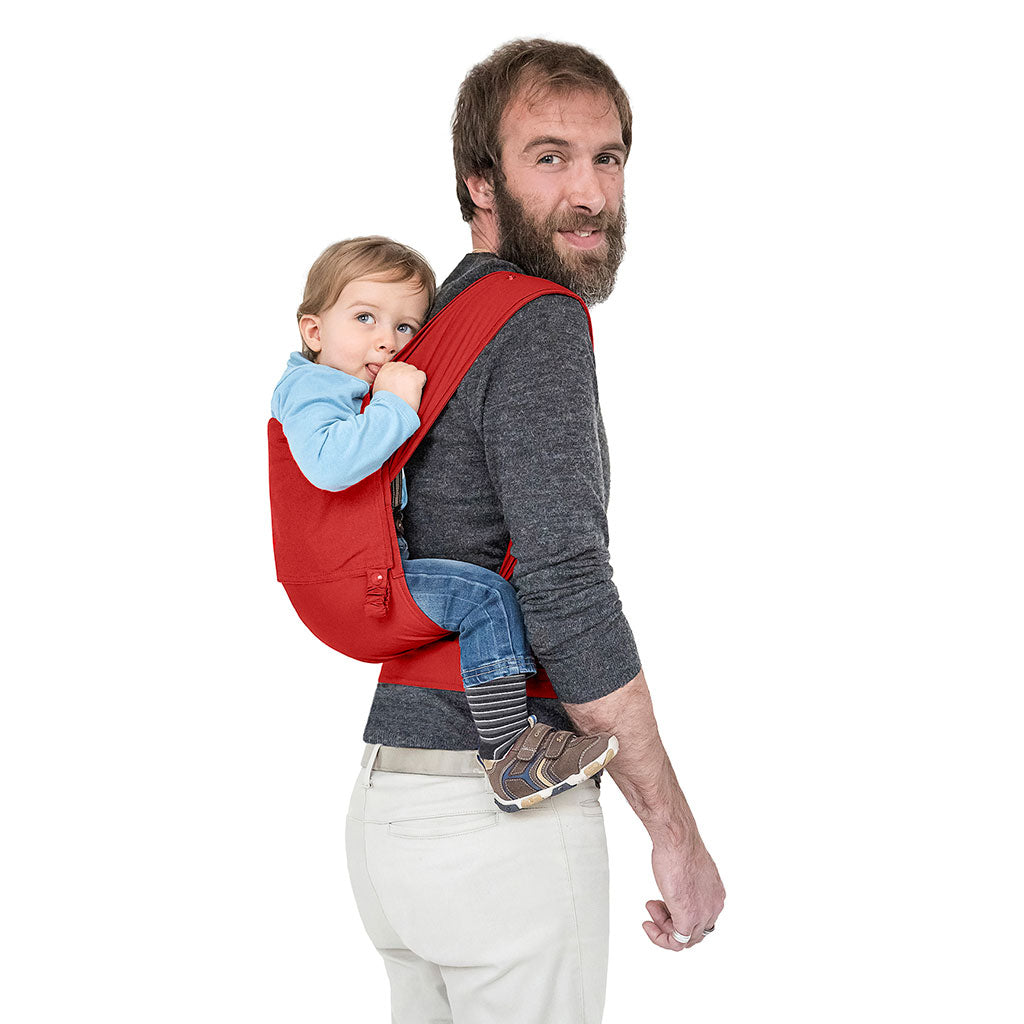
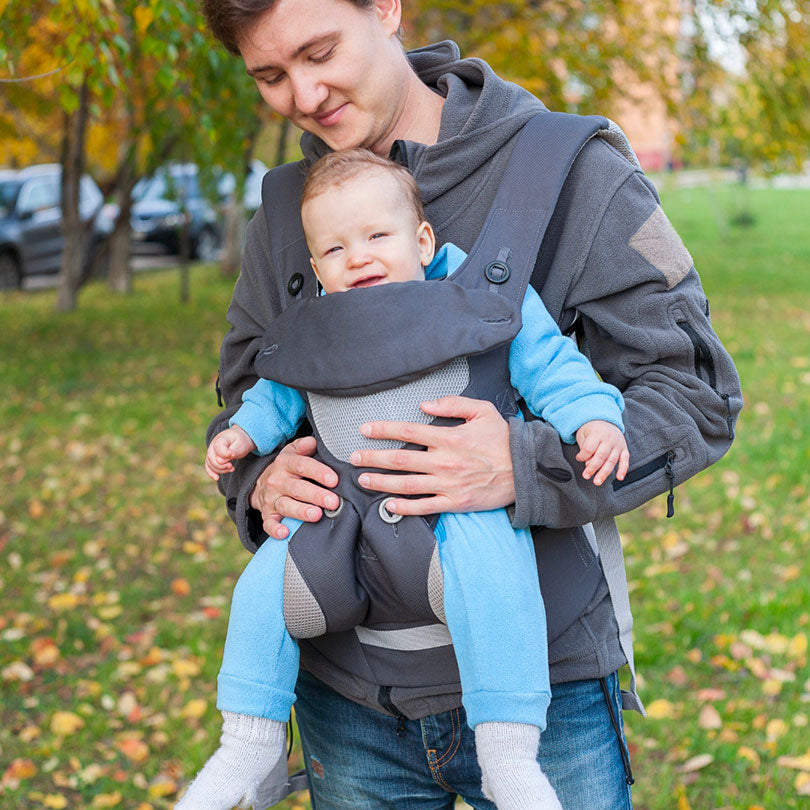
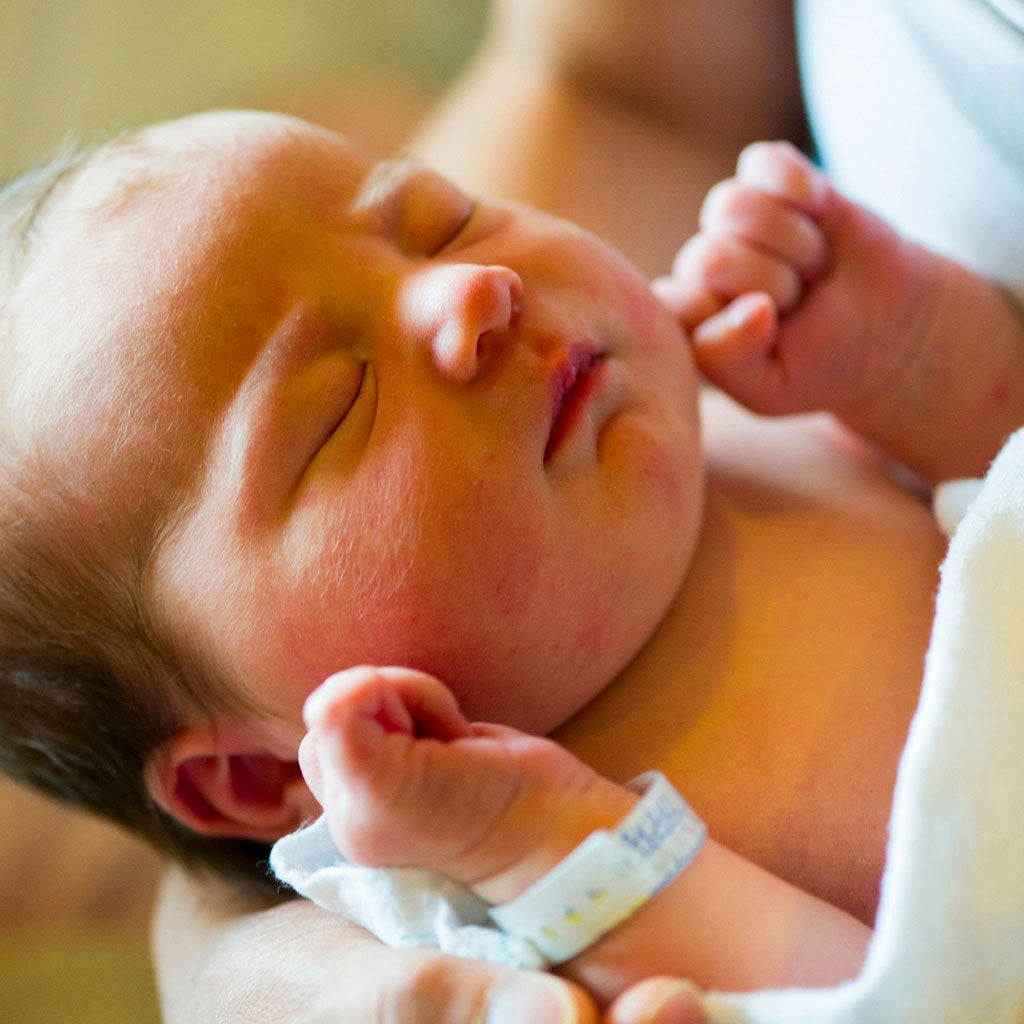
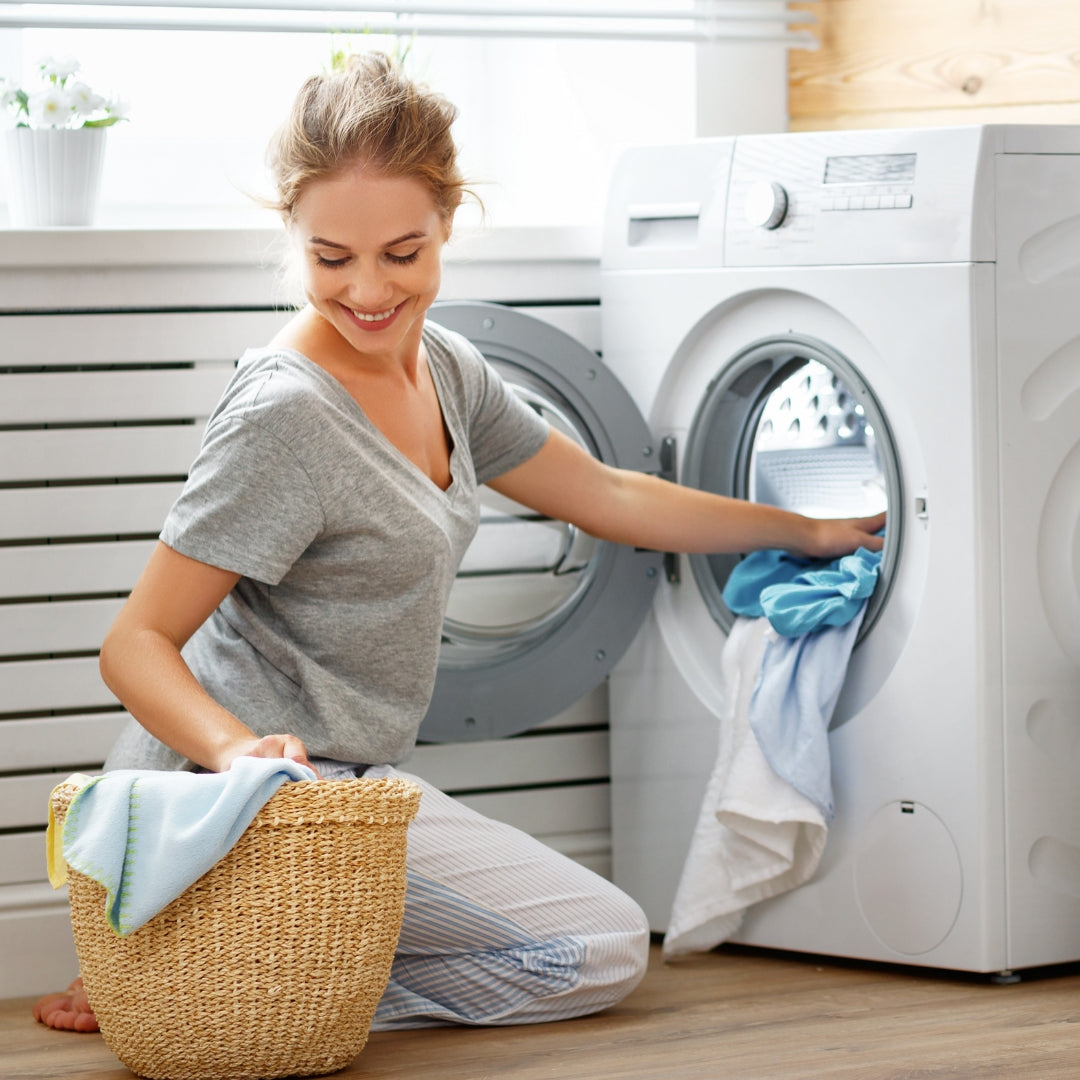

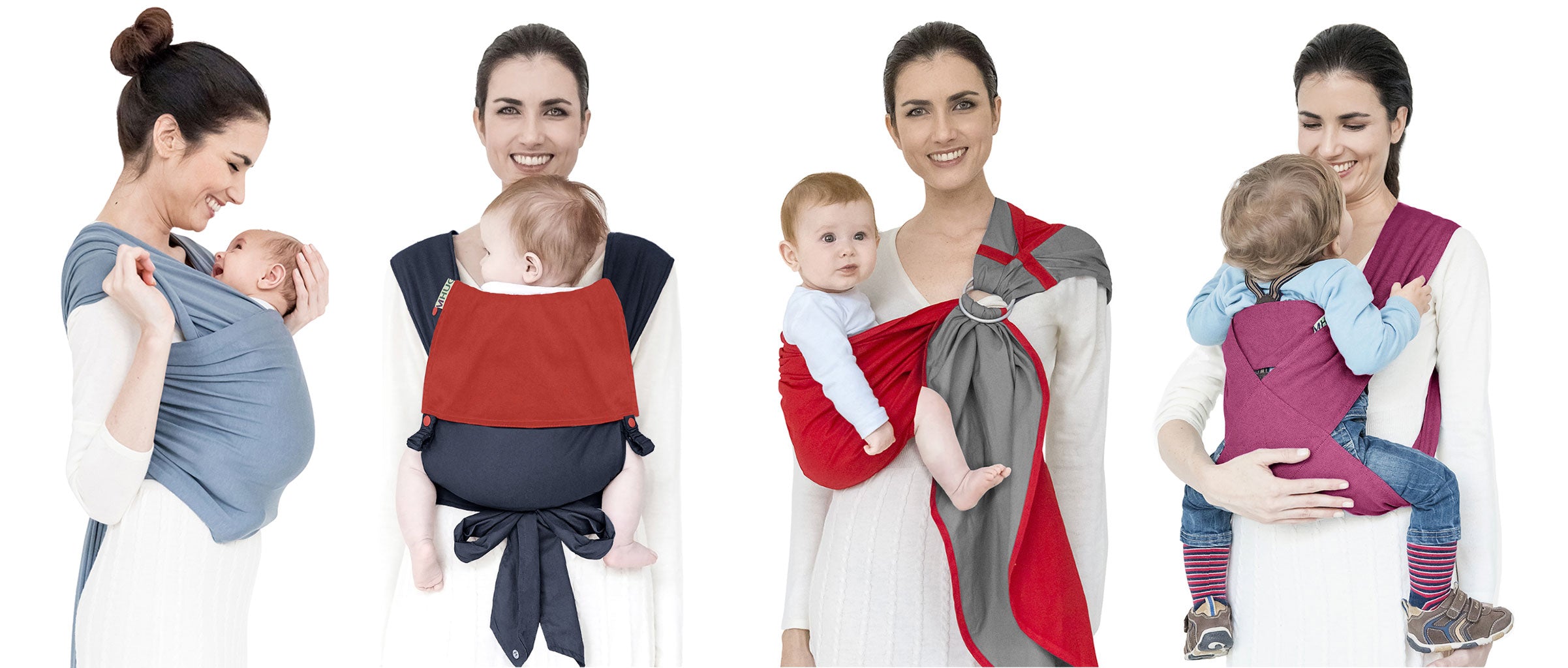
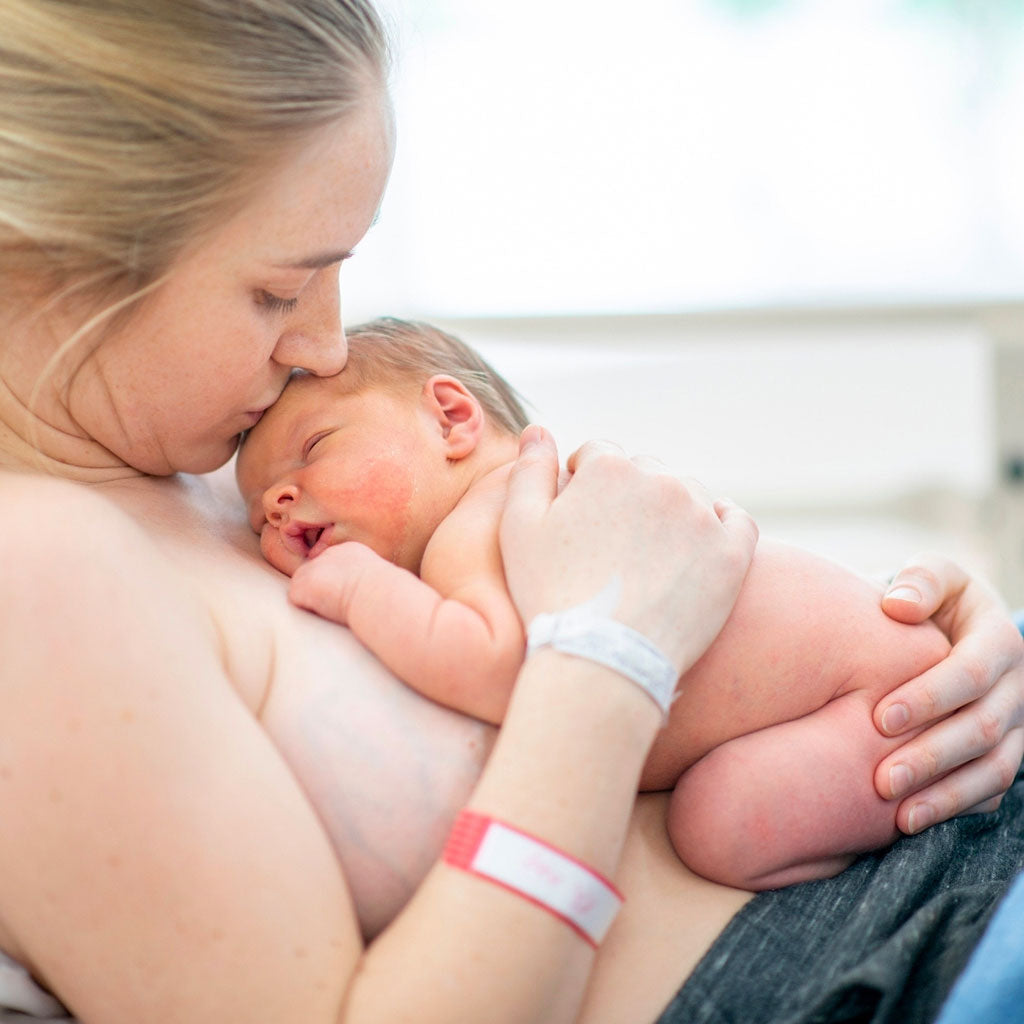
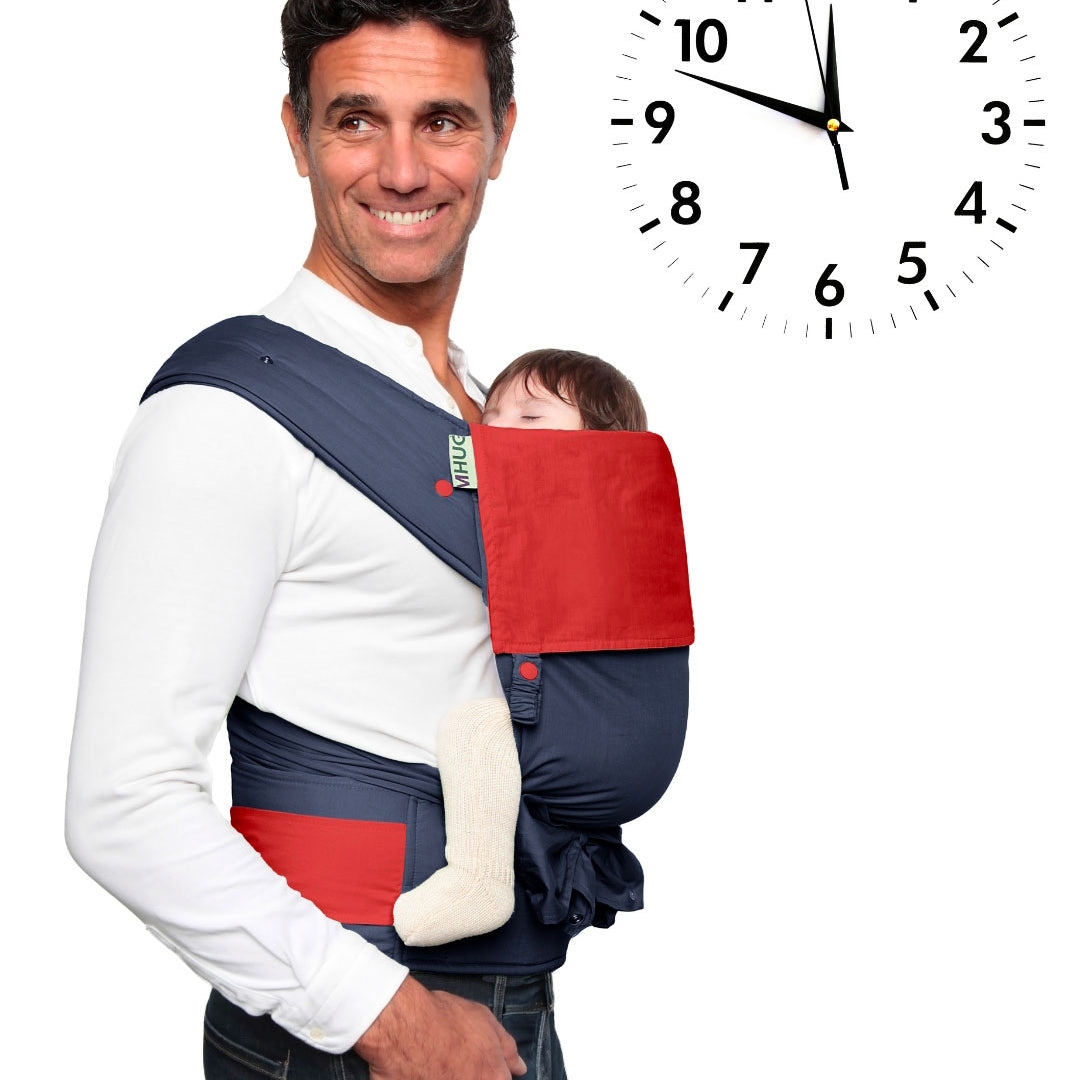
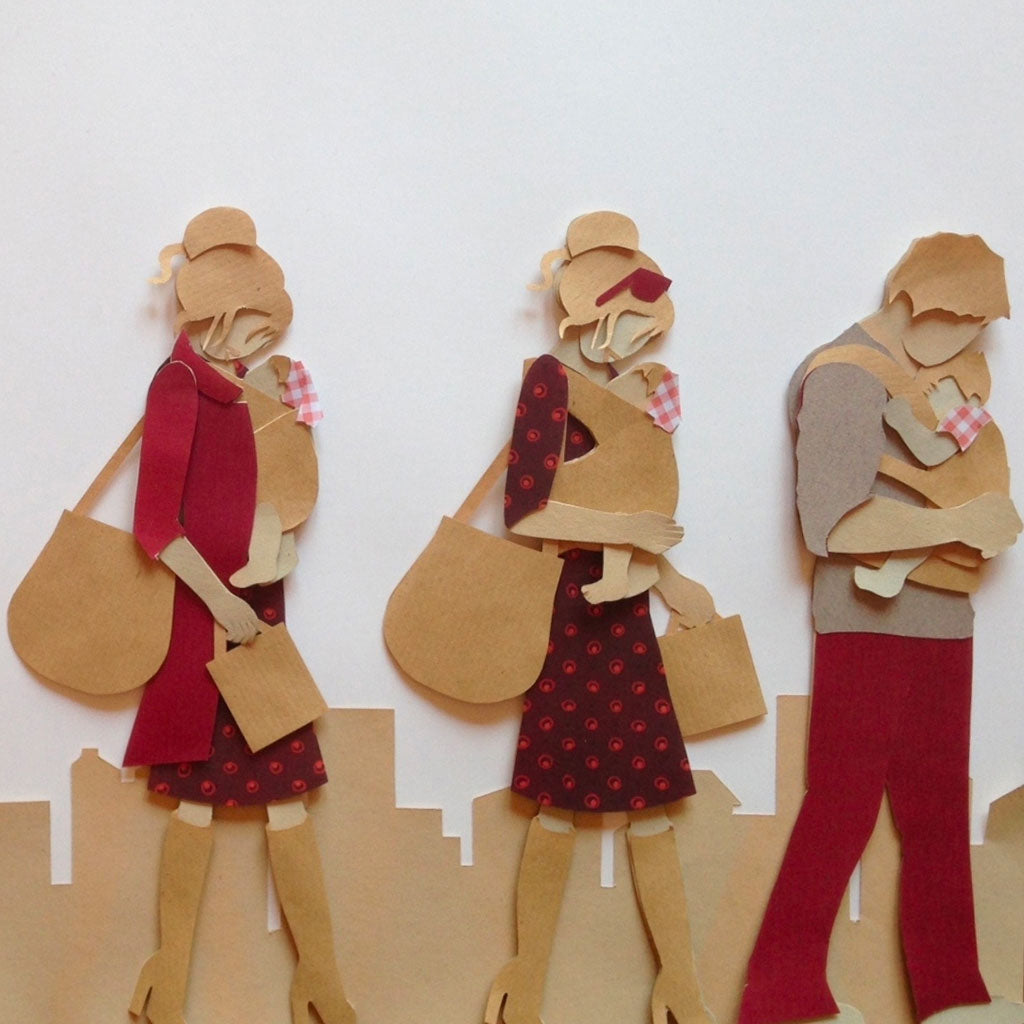
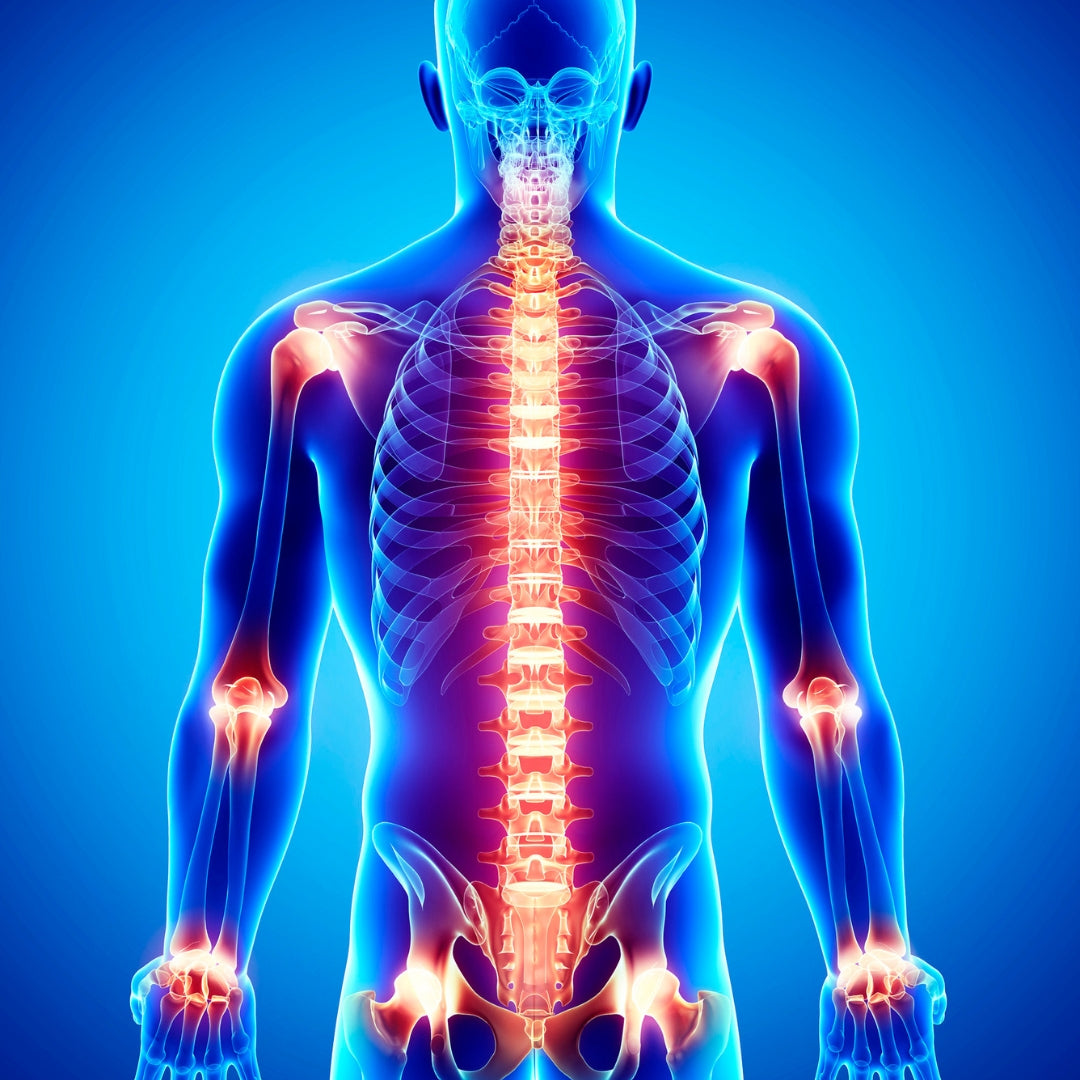
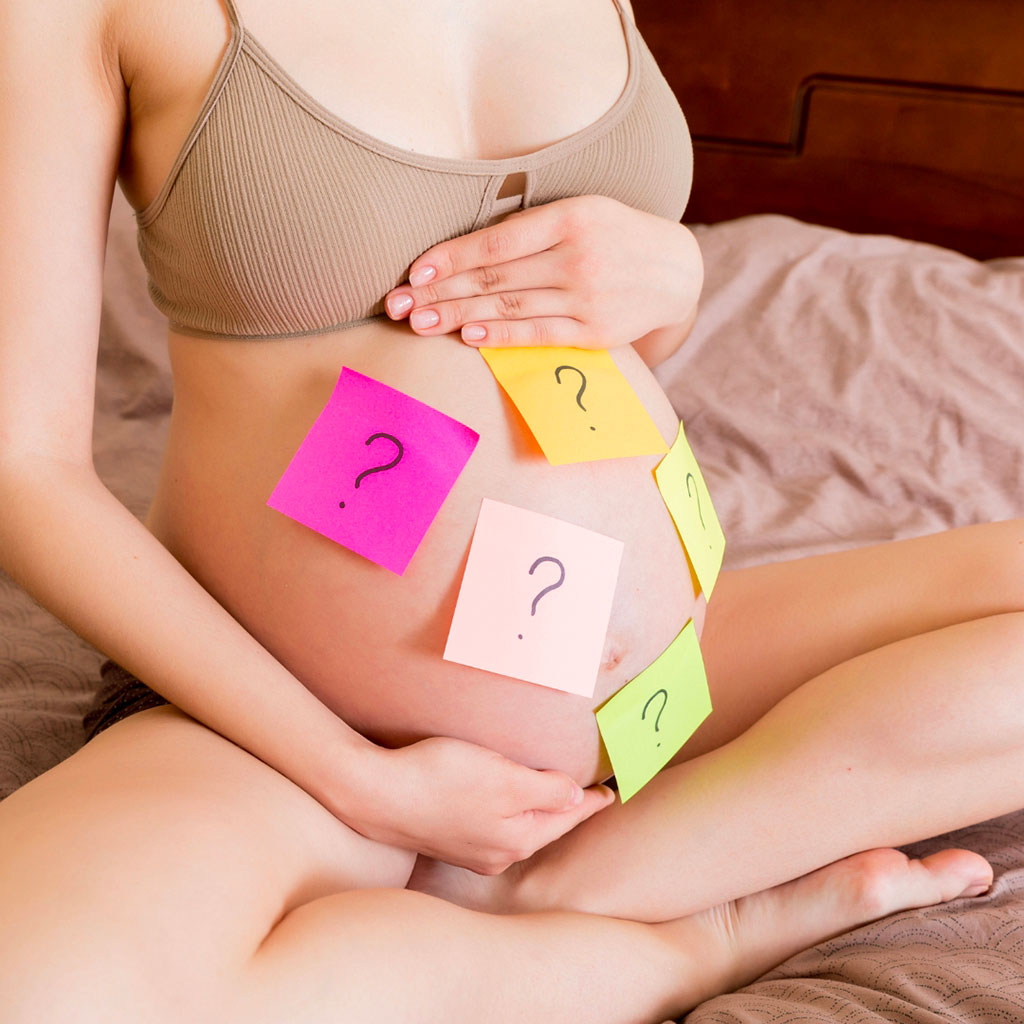
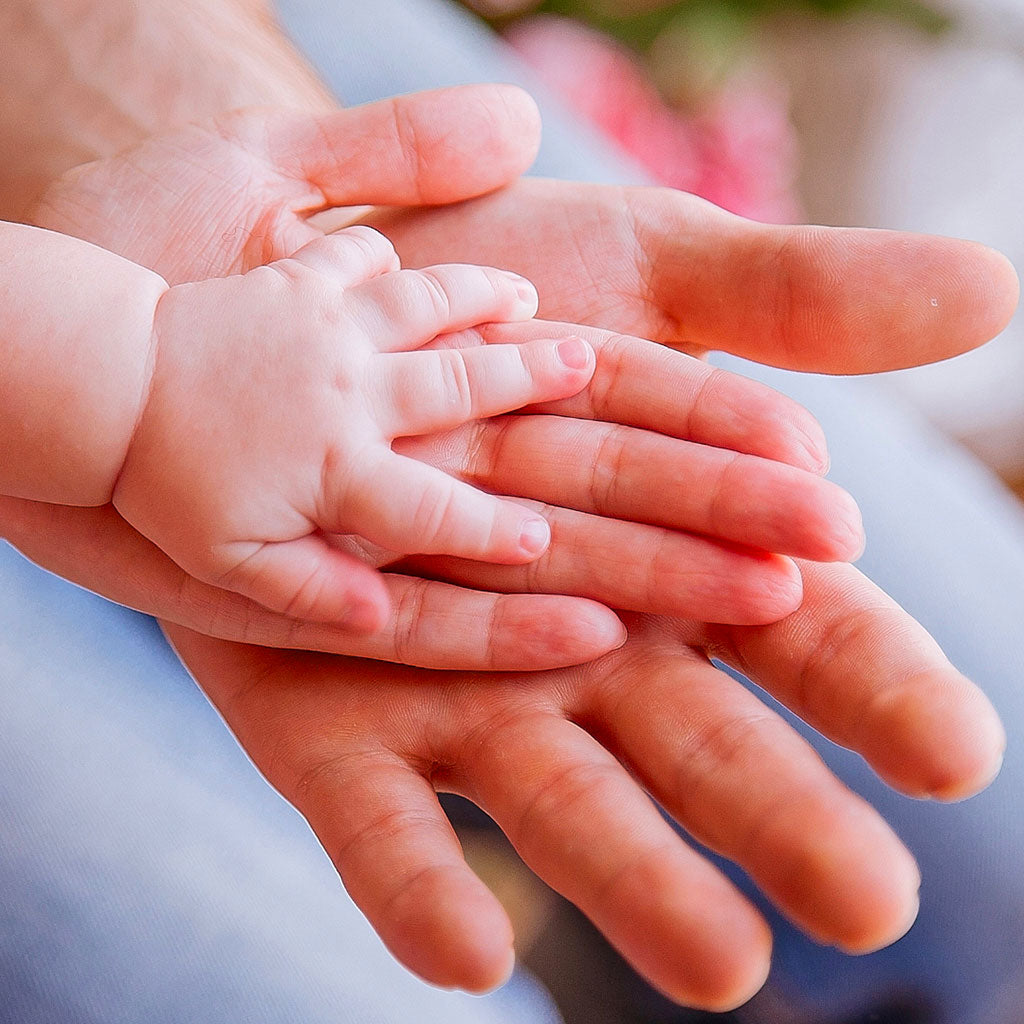
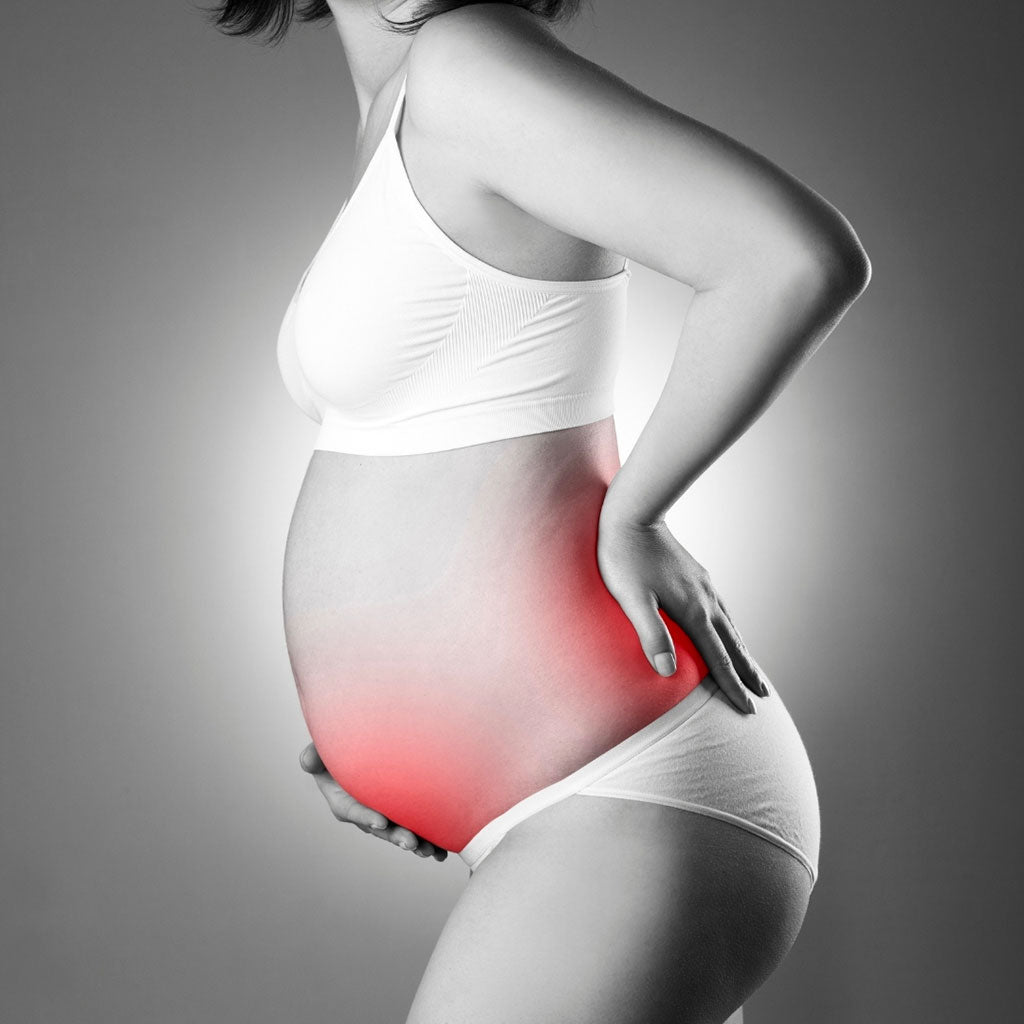
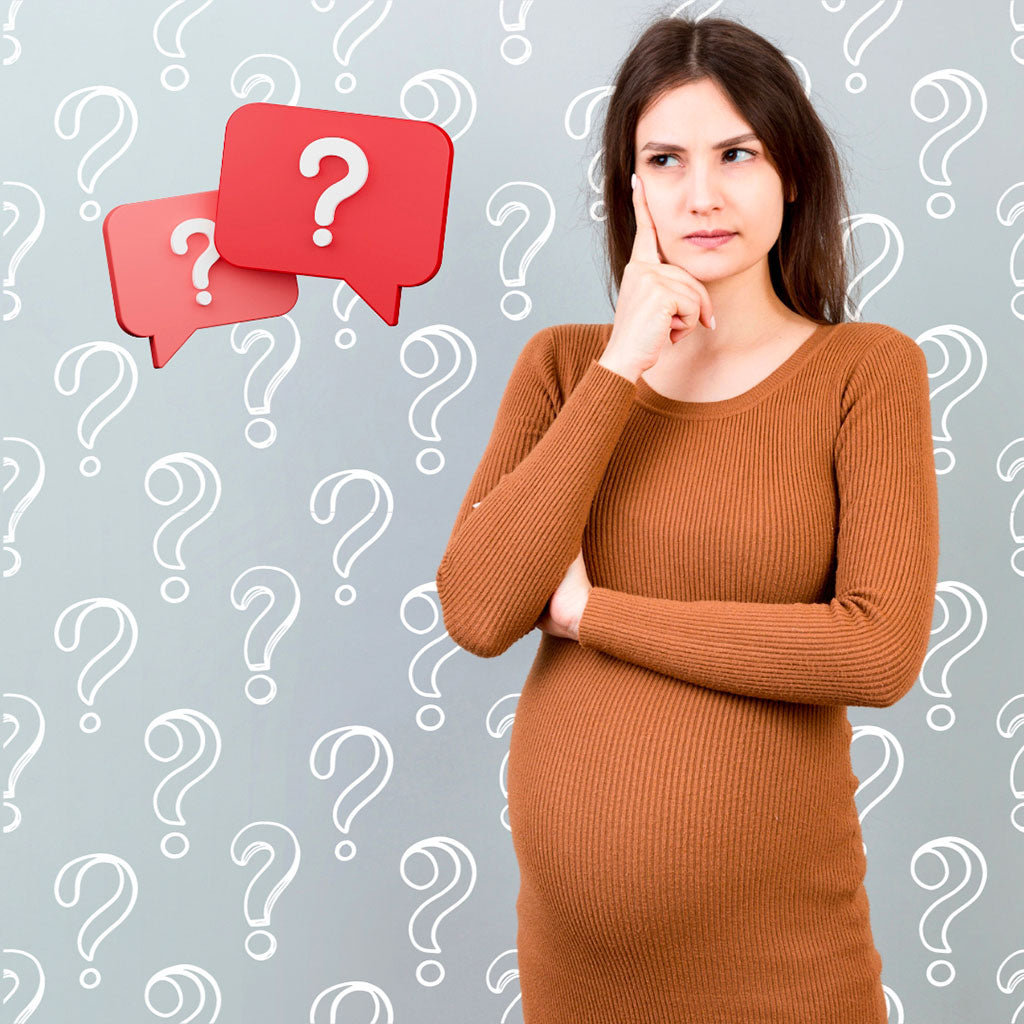

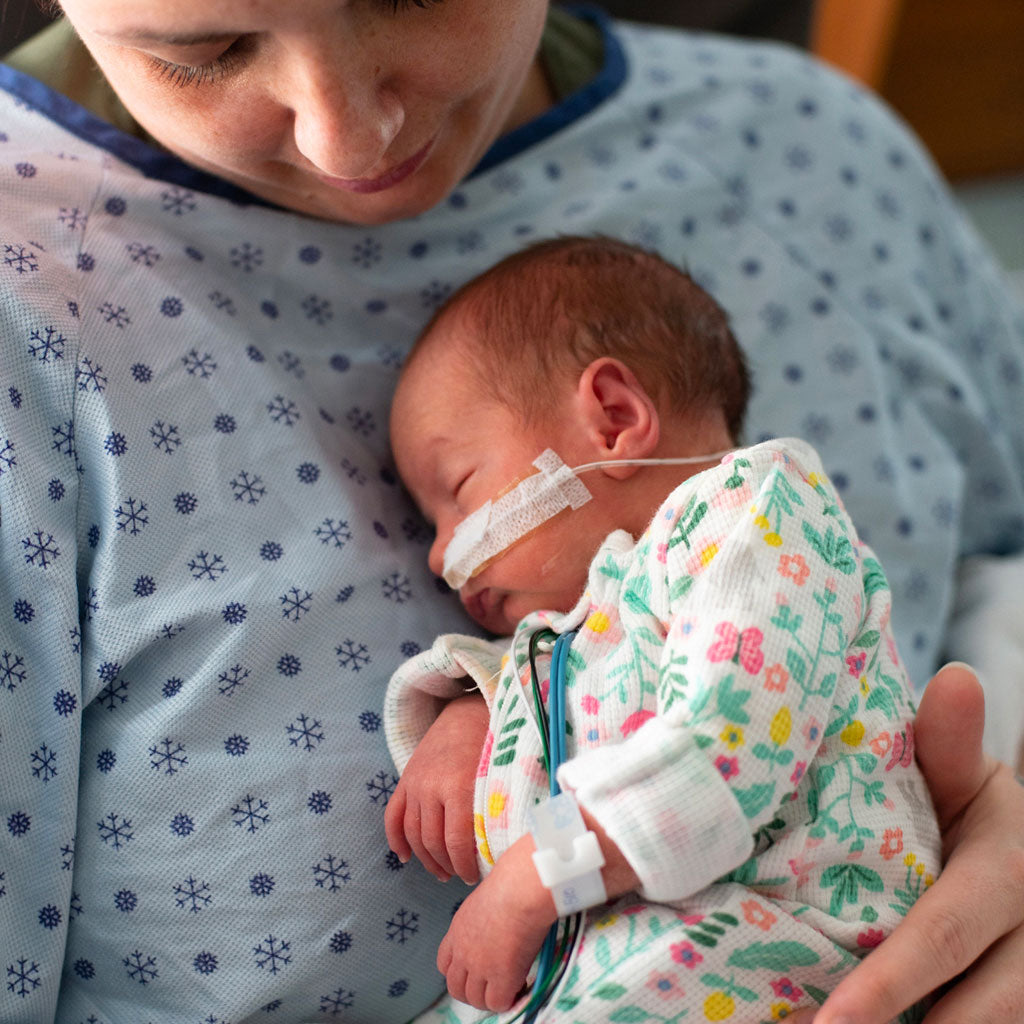
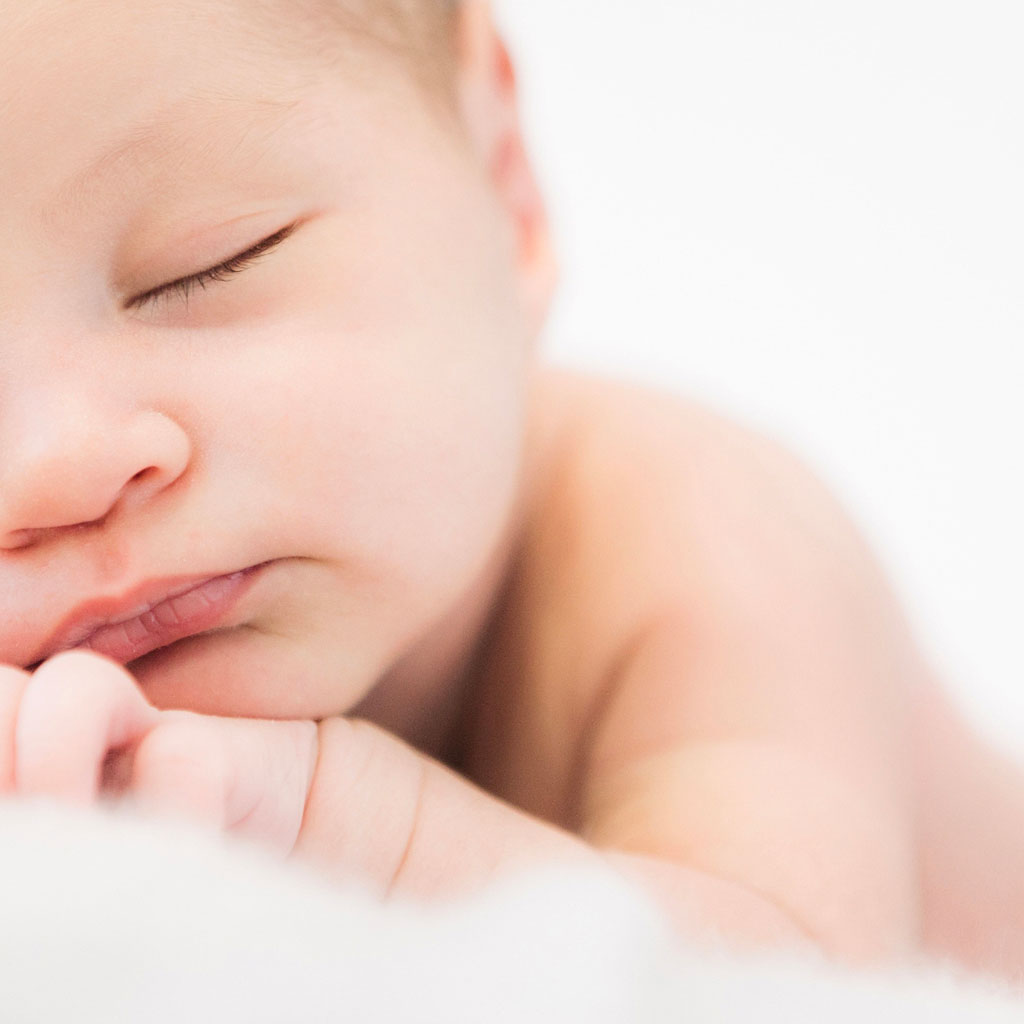
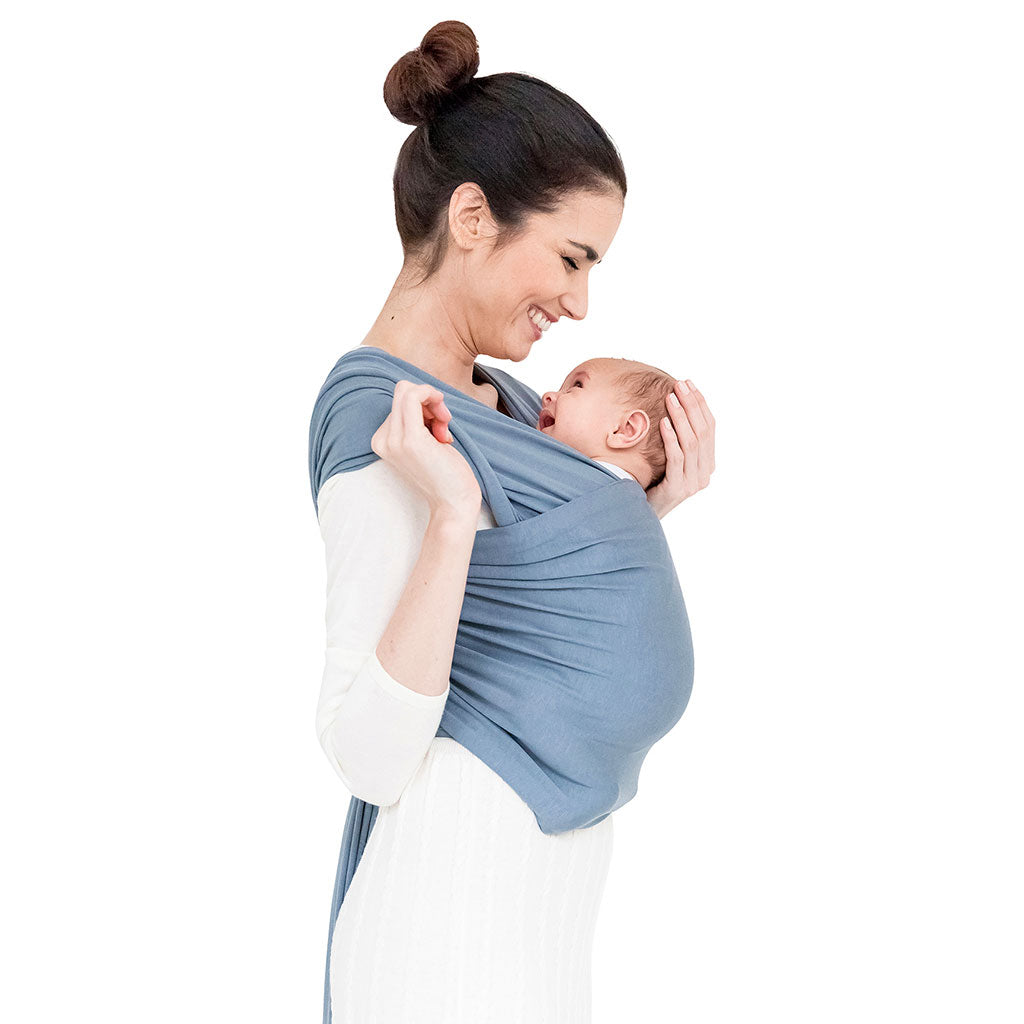
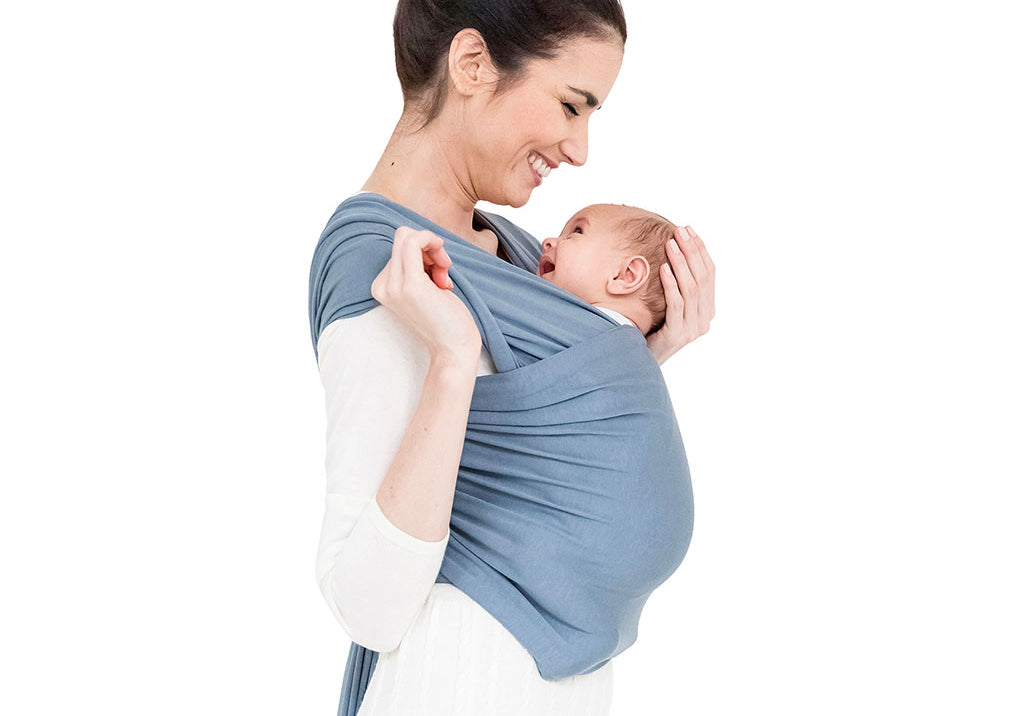
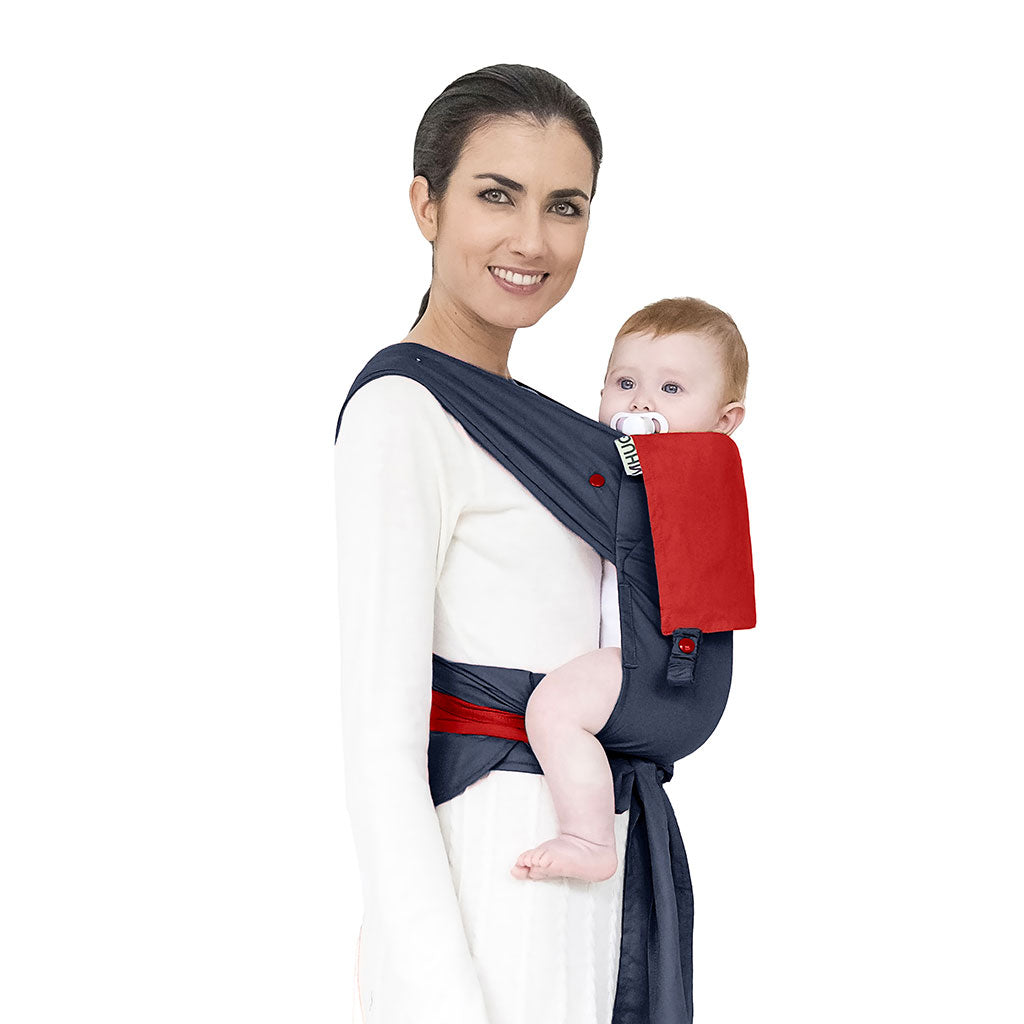
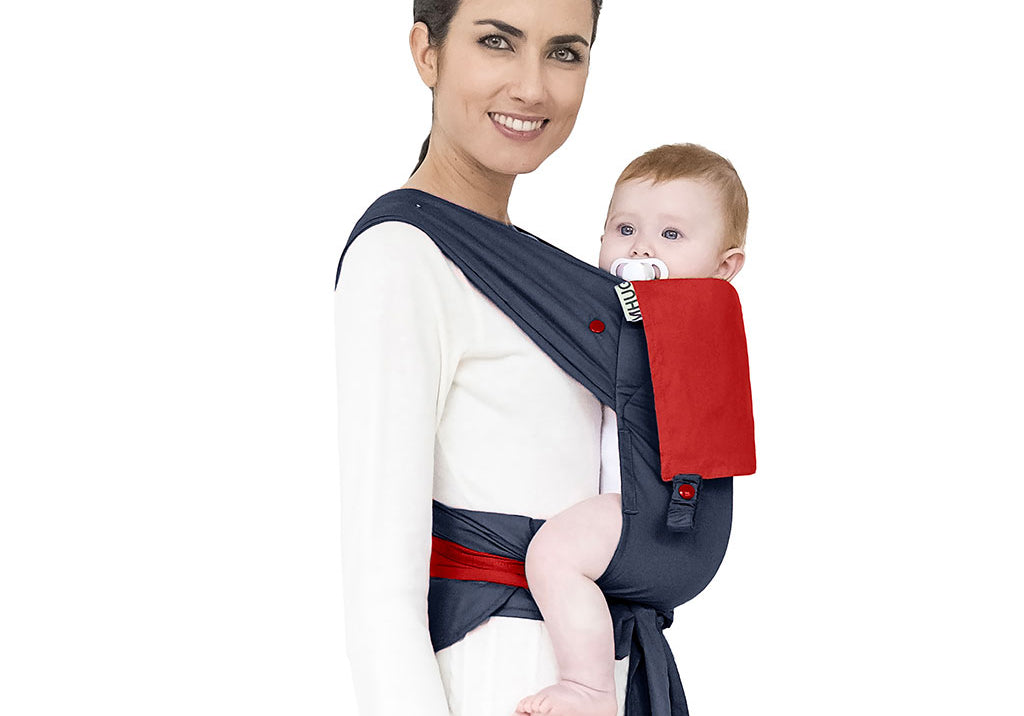
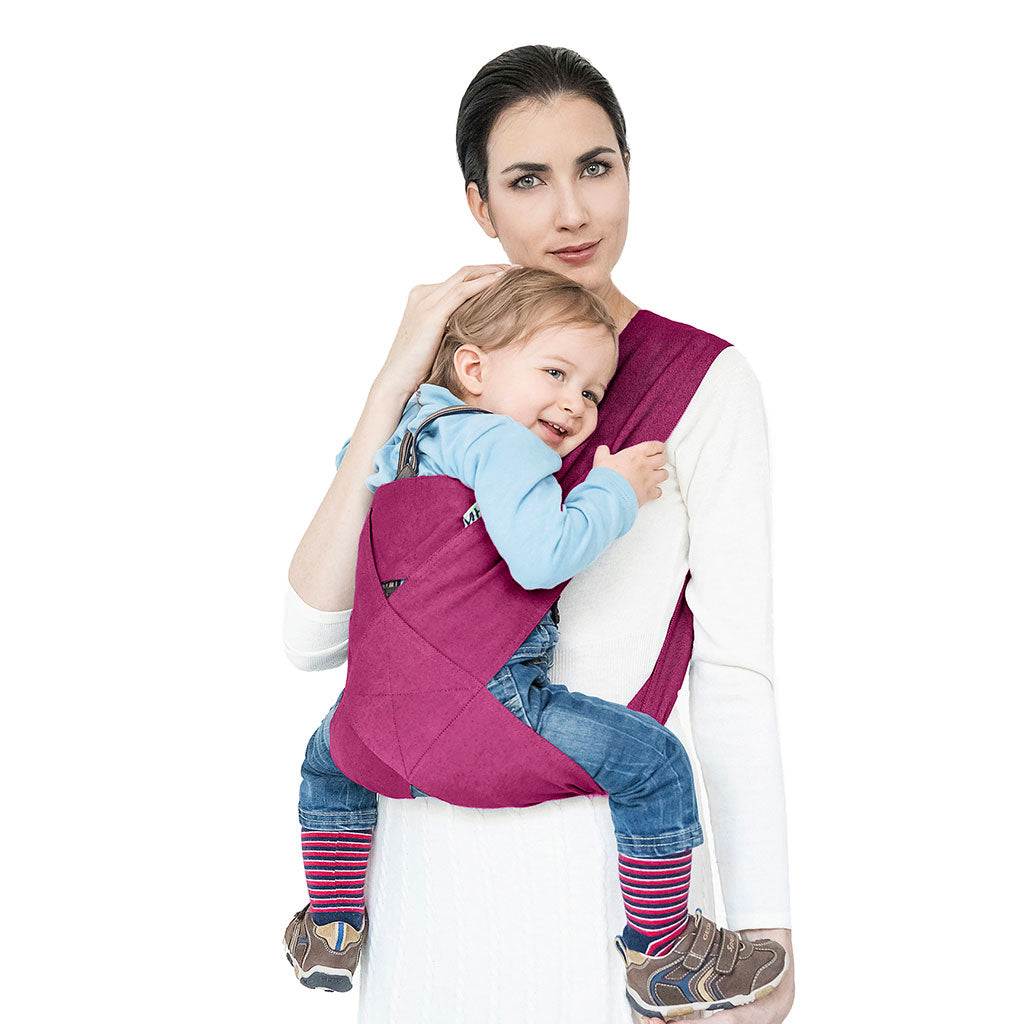

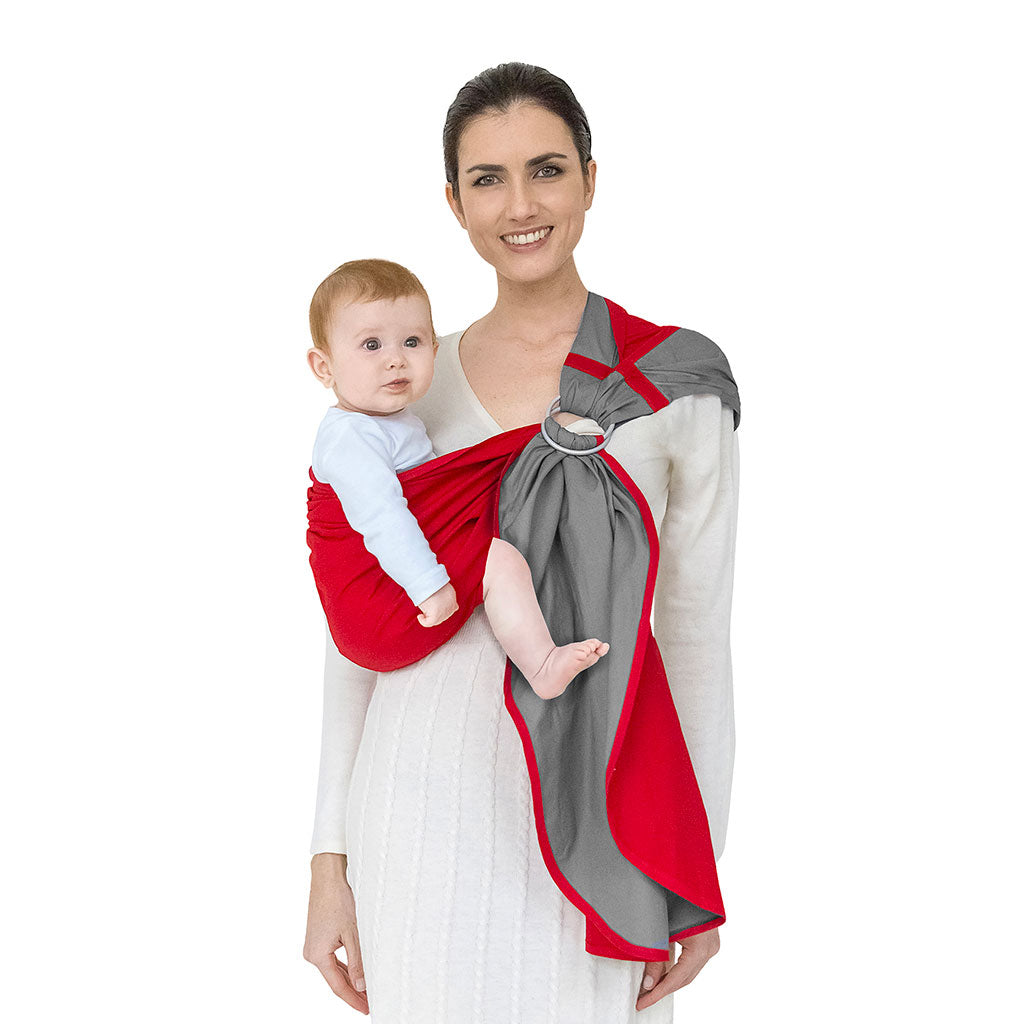
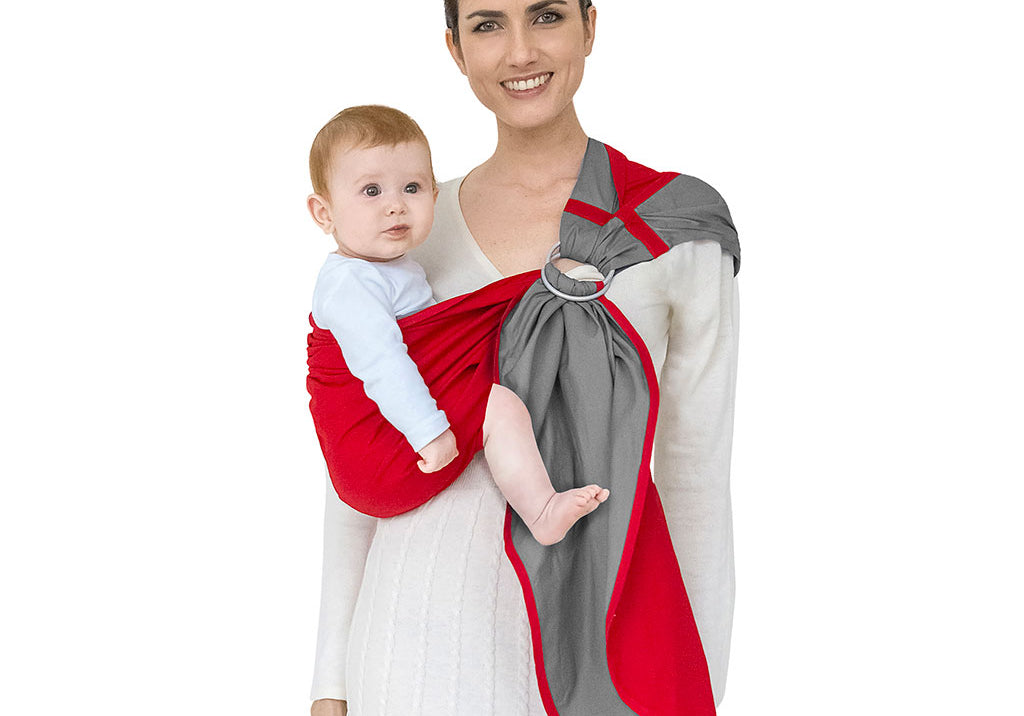
Leave a comment